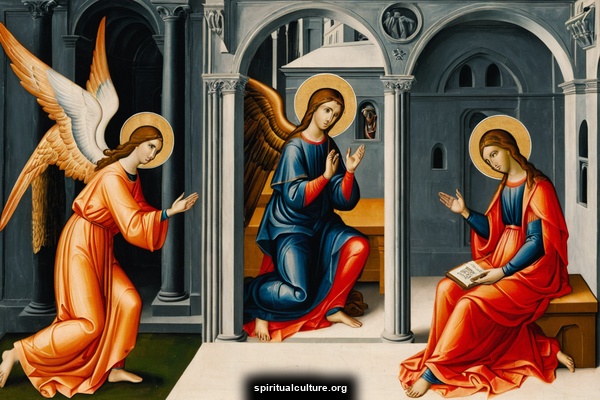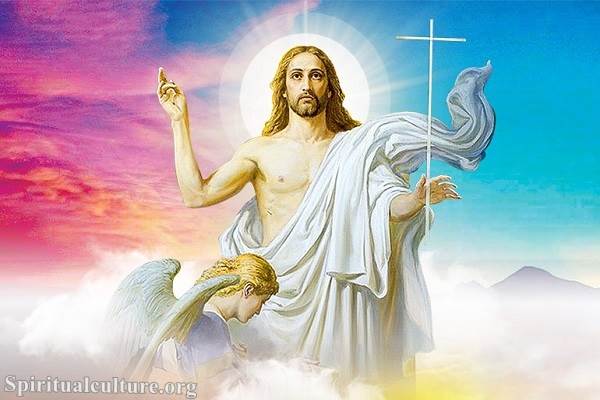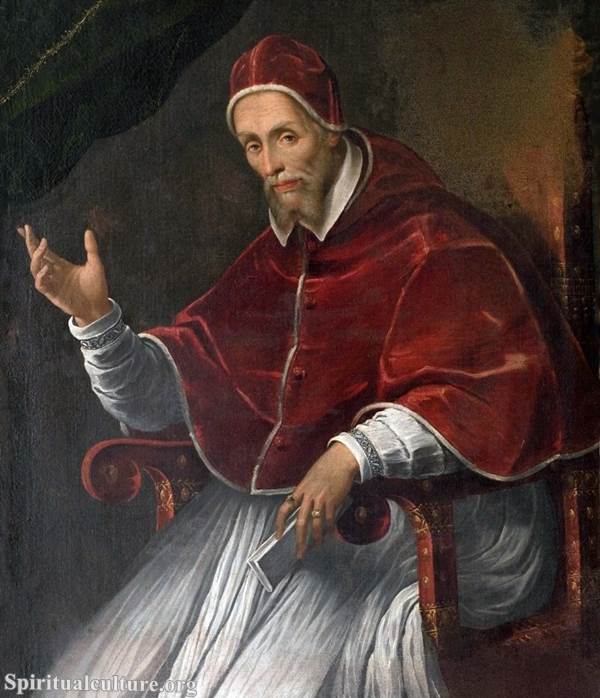The Annunciation is a cornerstone of Christian belief and a subject that has captured the imagination of theologians, artists, musicians, and believers for centuries. This extraordinary moment, described in the Gospel of Luke (1:26–38), recounts the angel Gabriel’s visit to the Virgin Mary, announcing that she had been chosen by God to conceive and bear His Son, Jesus Christ. It is not merely a historical or scriptural event; it is a moment that resonates across theological, cultural, and artistic boundaries, offering lessons of faith, humility, and divine purpose.

In this comprehensive article, we explore the Annunciation in unparalleled detail. From its theological significance to its representation in art, literature, and global culture, this moment in Christian tradition unfolds as a profound source of inspiration and insight.
Understanding the Annunciation
The word Annunciation derives from the Latin annuntiatio, meaning “announcement.” It refers to the angel Gabriel’s divine message to Mary that she would conceive a child through the Holy Spirit, marking the Incarnation—God becoming man.
The scene is described in Luke 1:26–38, where Gabriel greets Mary with the words:
“Hail, full of grace, the Lord is with thee: blessed art thou among women.”
Mary is initially troubled by the angel’s greeting, but Gabriel reassures her:
“Fear not, Mary: for thou hast found favor with God. And, behold, thou shalt conceive in thy womb, and bring forth a son, and shalt call his name Jesus. He shall be great and shall be called the Son of the Highest.”
Despite her uncertainty—expressed in the question, “How shall this be, seeing I know not a man?”—Mary accepts Gabriel’s explanation that the Holy Spirit will come upon her, saying:
“Behold the handmaid of the Lord; be it unto me according to thy word.”
This moment, encapsulated by Mary’s humble acceptance, signifies the beginning of Christ’s earthly mission and reveals her unparalleled role in salvation history.
Theological Significance of the Annunciation
1. The Incarnation: God Among Us
The Annunciation marks the moment when God entered human history in a tangible and transformative way. The Incarnation is a foundational doctrine of Christianity, emphasizing that Jesus is both fully God and fully man. This union of divinity and humanity begins with Mary’s consent, making the Annunciation a pivotal event in the story of salvation.
2. The Role of Mary as Theotokos
Mary’s role in the Annunciation establishes her as the Theotokos or “God-bearer,” a title affirmed at the Council of Ephesus in 431 AD. By agreeing to bear the Son of God, she becomes a vessel for divine grace and a model of perfect discipleship.
3. Fulfillment of Old Testament Prophecies
The Annunciation is viewed as the fulfillment of multiple Old Testament prophecies, particularly Isaiah 7:14:
“Therefore the Lord himself will give you a sign: Behold, the virgin shall conceive and bear a son, and shall call his name Immanuel.”
This connection between the Annunciation and ancient prophecy underscores God’s enduring plan for humanity’s redemption.
4. Mary’s Fiat: A Model of Faith and Obedience
Mary’s response, often referred to as her fiat (Latin for “let it be done”), reflects profound faith and obedience. Despite the potential risks to her reputation, relationships, and future, she places her trust in God’s will. Her fiat serves as a powerful example for believers, encouraging them to embrace God’s plan with humility and courage.
The Historical Context of the Annunciation
1. Nazareth: A Humble Beginning
The Annunciation took place in Nazareth, a small, unremarkable village in Galilee. At the time, Nazareth was a modest settlement with a largely Jewish population. Its obscurity highlights God’s choice of humility over grandeur in unfolding His divine plan.
2. Mary’s Betrothal to Joseph
In first-century Jewish culture, betrothal was a binding commitment akin to marriage but without cohabitation. Mary’s miraculous pregnancy during this period placed her in a precarious position, as societal norms could have subjected her to shame or worse. The angel’s message not only reassured Mary but also guided Joseph, who chose to support her (Matthew 1:18–25).
3. Gabriel’s Role in Scripture
The angel Gabriel appears in three key biblical moments: announcing the births of John the Baptist and Jesus (Luke 1) and interpreting visions for Daniel (Daniel 8–9). His presence in the Annunciation emphasizes the divine authority and importance of the message.
The Annunciation in Christian Doctrine
The Annunciation is deeply woven into Christian theology, influencing doctrines about Mary, Christ, and salvation.
1. The Virgin Birth
The Annunciation affirms the doctrine of the Virgin Birth, a belief central to Christianity. Mary’s conception of Jesus through the Holy Spirit underscores His divine origin and sinless nature.
2. Christological Implications
By announcing that Jesus would be called the “Son of the Highest,” the Annunciation establishes key aspects of Christology, affirming Jesus’ divine identity and His mission to save humanity.
3. Mary as the New Eve
Early Church Fathers, such as St. Irenaeus, described Mary as the “New Eve.” Just as Eve’s disobedience led to the Fall, Mary’s obedience in the Annunciation paves the way for redemption, emphasizing her pivotal role in salvation history.
The Annunciation in Art
1. Early Christian Representations
In the catacombs of Rome, early Christians depicted the Annunciation in simple, symbolic forms. These early artworks emphasized Mary’s role as a vessel of divine grace and often included representations of the angel Gabriel.
2. Byzantine Icons
Byzantine art portrayed the Annunciation in iconic forms, focusing on theological depth. Gabriel is often depicted approaching Mary with a gesture of blessing, while Mary is shown reading or seated, symbolizing her contemplation of scripture and readiness to serve God.
3. Renaissance Masterpieces
The Renaissance brought a flourishing of Annunciation art, with works by renowned artists such as Leonardo da Vinci, Sandro Botticelli, and Fra Angelico.
- Leonardo da Vinci: Leonardo’s Annunciation (1472–1475) showcases his mastery of perspective and naturalism, presenting Mary in a serene garden setting as Gabriel approaches with divine radiance.
- Fra Angelico: Fra Angelico’s fresco at the Convent of San Marco captures the spiritual intimacy of the moment, with soft light symbolizing divine presence.
- Botticelli: Botticelli’s Cestello Annunciation (1489–1490) emphasizes motion and emotion, depicting Gabriel in a dynamic stance and Mary in humble awe.
4. Baroque Drama
Baroque artists like Caravaggio and Peter Paul Rubens infused the Annunciation with dramatic tension and emotional depth. Chiaroscuro lighting techniques highlighted the divine light of the Holy Spirit descending upon Mary.
5. Modern and Contemporary Interpretations
Contemporary artists reinterpret the Annunciation through abstract and symbolic forms, reflecting themes of hope, faith, and the mystery of divine intervention. These works often engage with modern questions of faith and identity, making the Annunciation a timeless source of inspiration.
The Annunciation in Music and Literature
1. Musical Celebrations
The Annunciation has inspired composers across centuries:
- Hymns and Antiphons: Hymns like Ave Maria and antiphons such as O Gabriel have been central to Christian worship.
- Oratorios and Cantatas: Composers like Bach (Magnificat) and Handel (Messiah) have woven the Annunciation into grand musical compositions.
2. Literary Reflections
The Annunciation is a recurring theme in literature, from Dante’s Divine Comedy to modern poetry. Writers explore Mary’s emotions, her dialogue with Gabriel, and the theological implications of her choice.
The Feast of the Annunciation
Celebrated on March 25, the Feast of the Annunciation is one of the most significant Marian feasts in the Christian liturgical calendar.
1. Liturgical Practices
The feast is marked by special Masses, processions, and prayers, including the Angelus, a devotional prayer commemorating the Annunciation.
2. Cultural Traditions
In some cultures, the Annunciation is celebrated with unique customs. For example:
- In Sweden, the day is known as Vårfrudagen (“Our Lady’s Day”) and traditionally associated with waffles, due to a linguistic coincidence.
- Orthodox Christians often celebrate with vibrant hymns and processions, emphasizing Mary’s role as the Mother of God.
Lessons from the Annunciation for Modern Life
1. Faith in Uncertainty
Mary’s acceptance of God’s plan teaches us to trust in divine guidance, even when the future is uncertain.
2. Humility and Obedience
The Annunciation reminds us of the virtue of humility and the strength found in surrendering to a higher purpose.
3. Hope in Divine Promises
Gabriel’s message underscores God’s faithfulness and the fulfillment of His promises, offering hope to believers in all circumstances.
Conclusion
The Annunciation is a moment of profound spiritual, historical, and cultural significance. It marks the beginning of God’s redemptive plan through the Incarnation, showcases Mary’s unparalleled faith, and continues to inspire art, music, and devotion across the ages. As we reflect on this sacred event, we are reminded of Mary’s courageous fiat and the transformative power of saying “yes” to God’s call. In its beauty and depth, the Annunciation remains a timeless message of faith, grace, and divine love.


